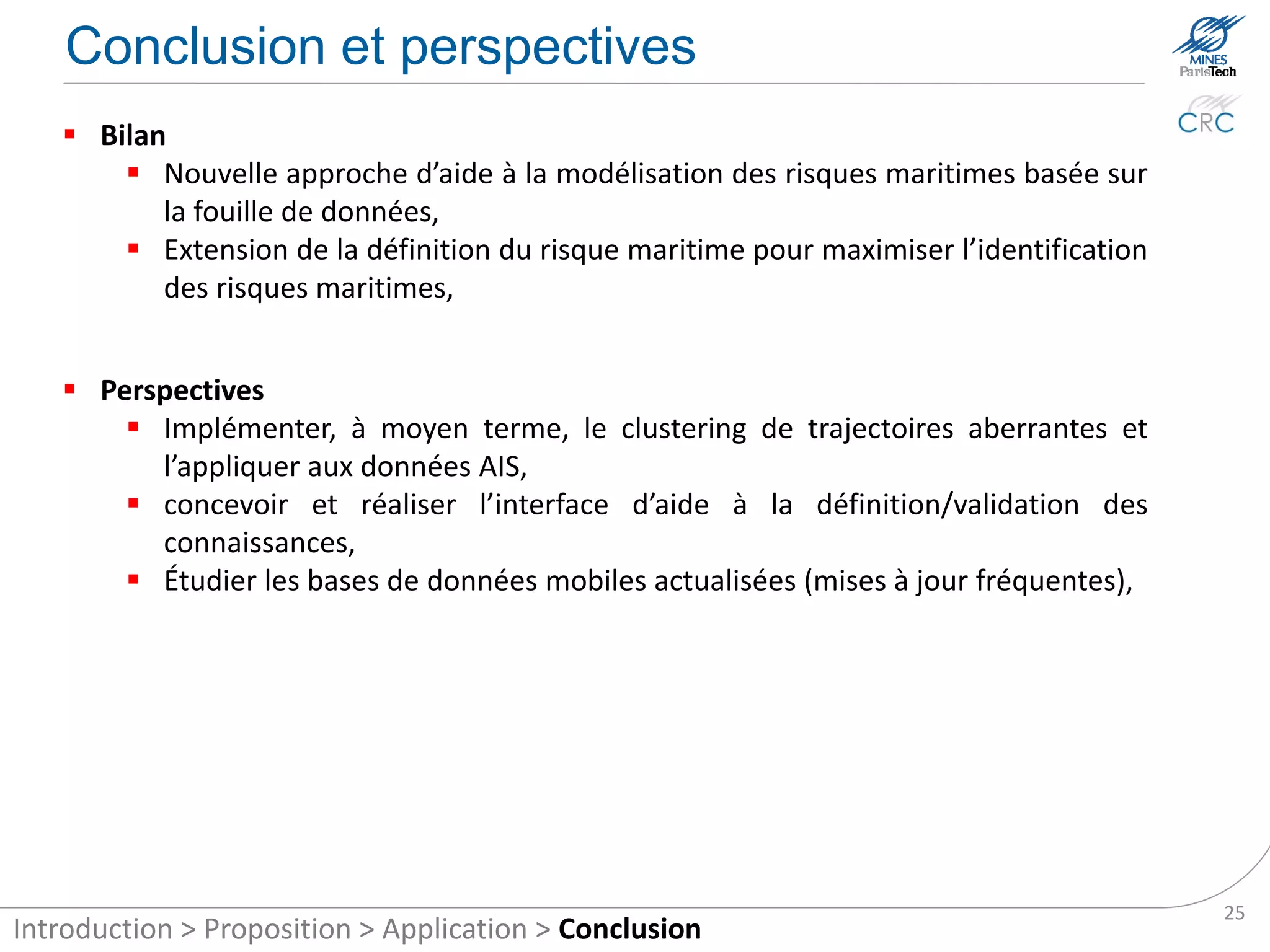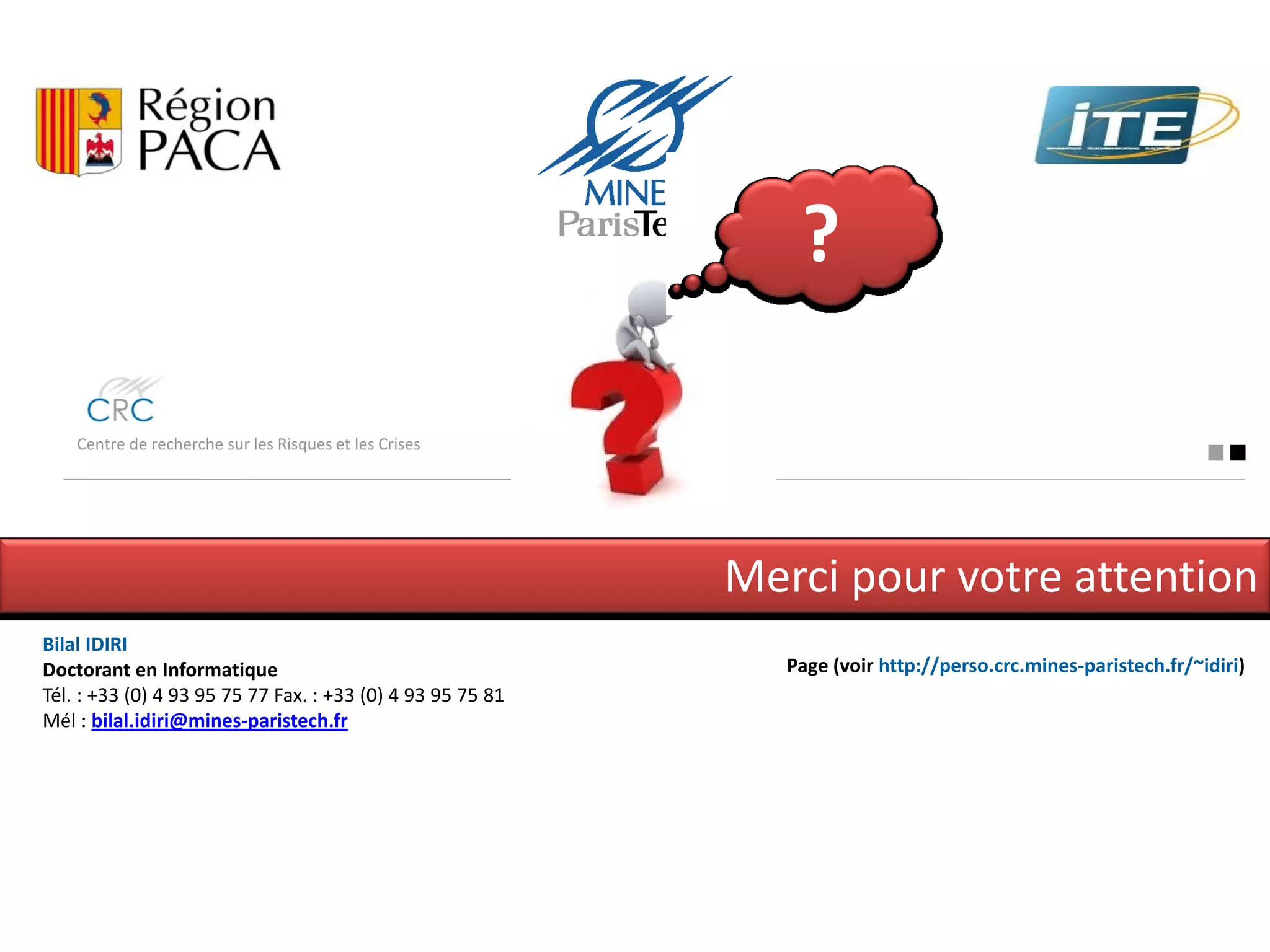The document focuses on the automatic identification of maritime accident risks through rule-based reasoning and data mining techniques. It highlights the challenges of monitoring maritime activities, the need for improved risk identification methods, and presents a novel approach that includes the definition of maritime risks based on vessel behavior and environmental factors. The work aims to enhance real-time risk assessment and offers a framework for future developments in maritime safety.
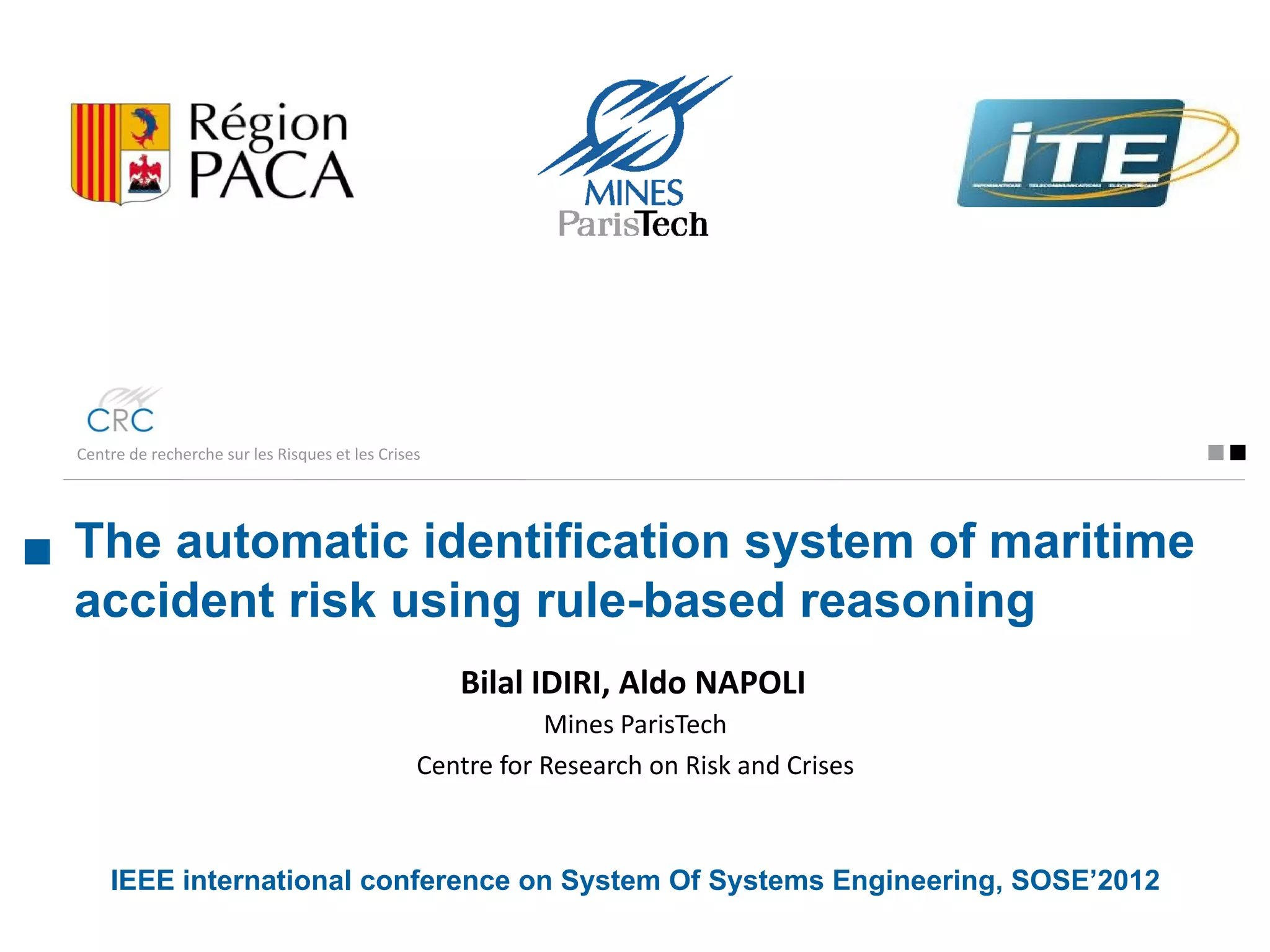
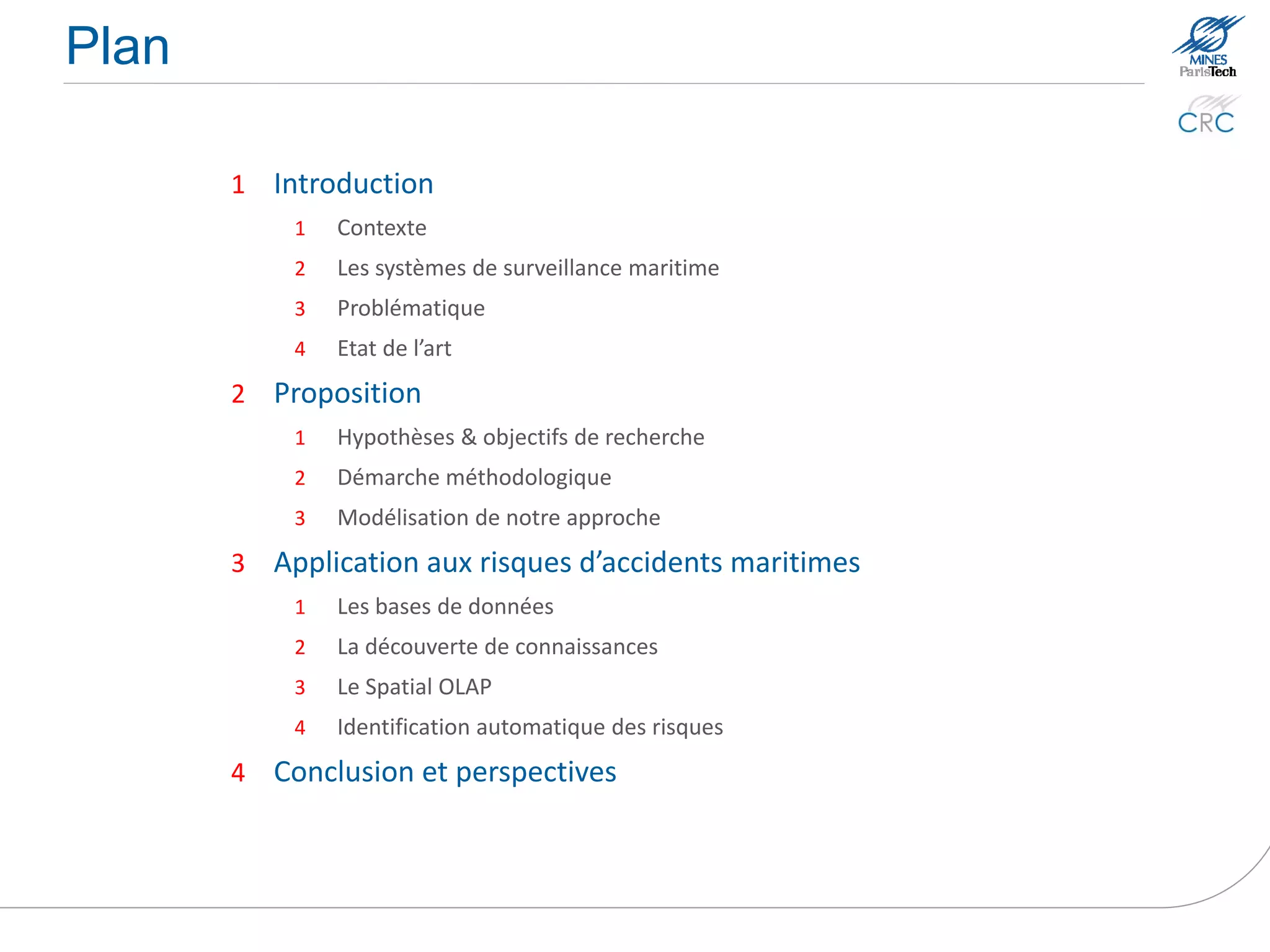
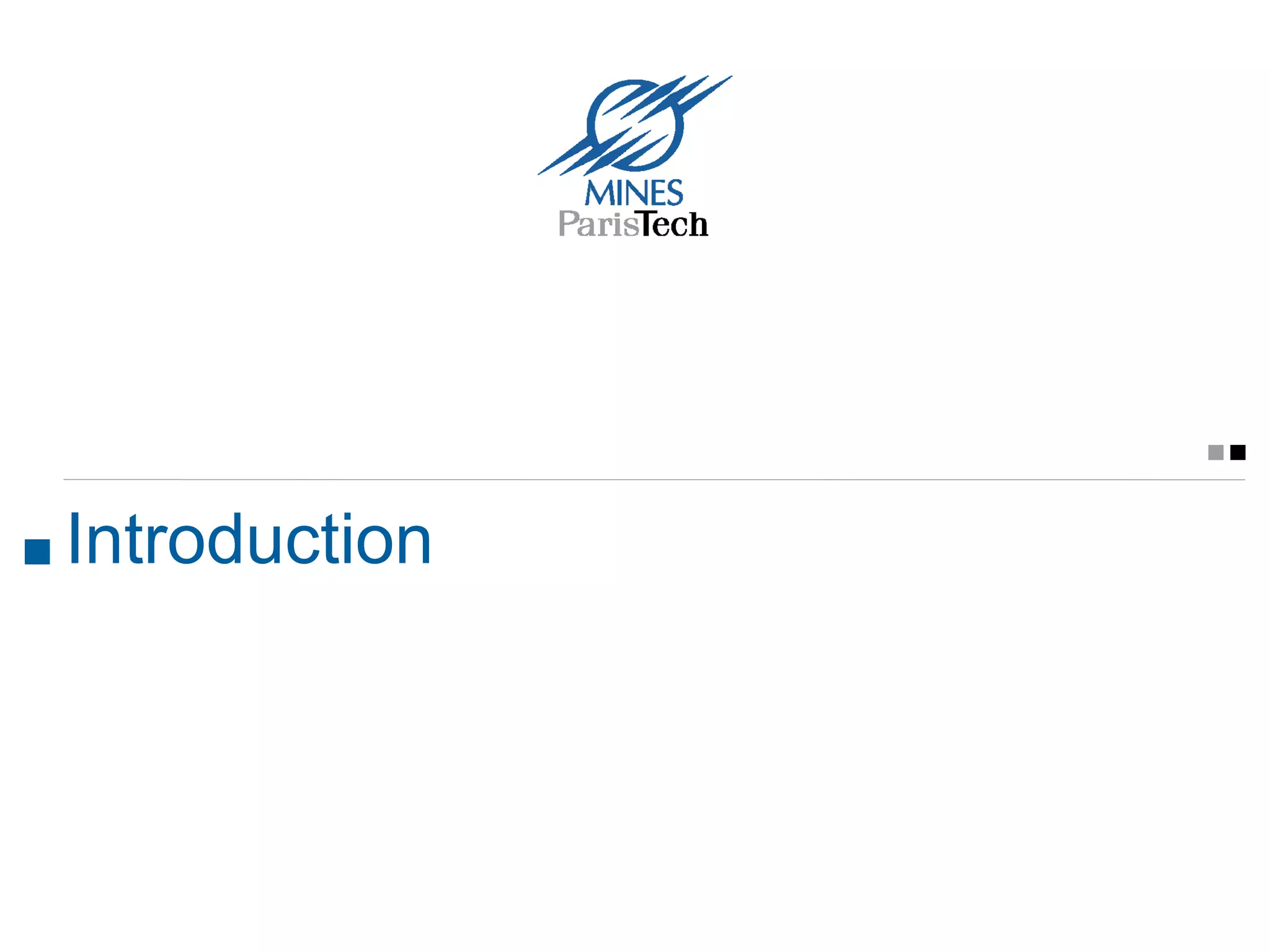
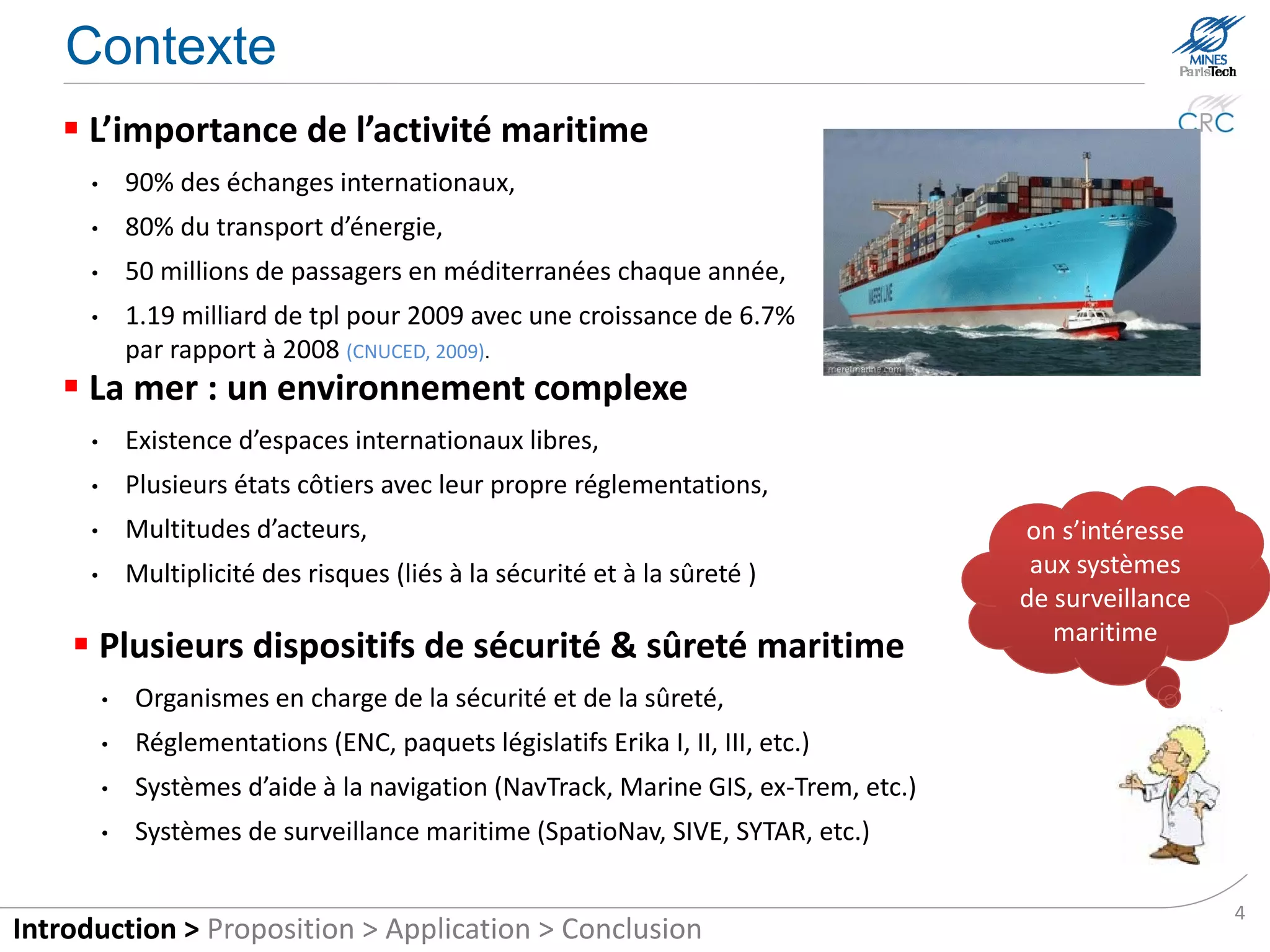
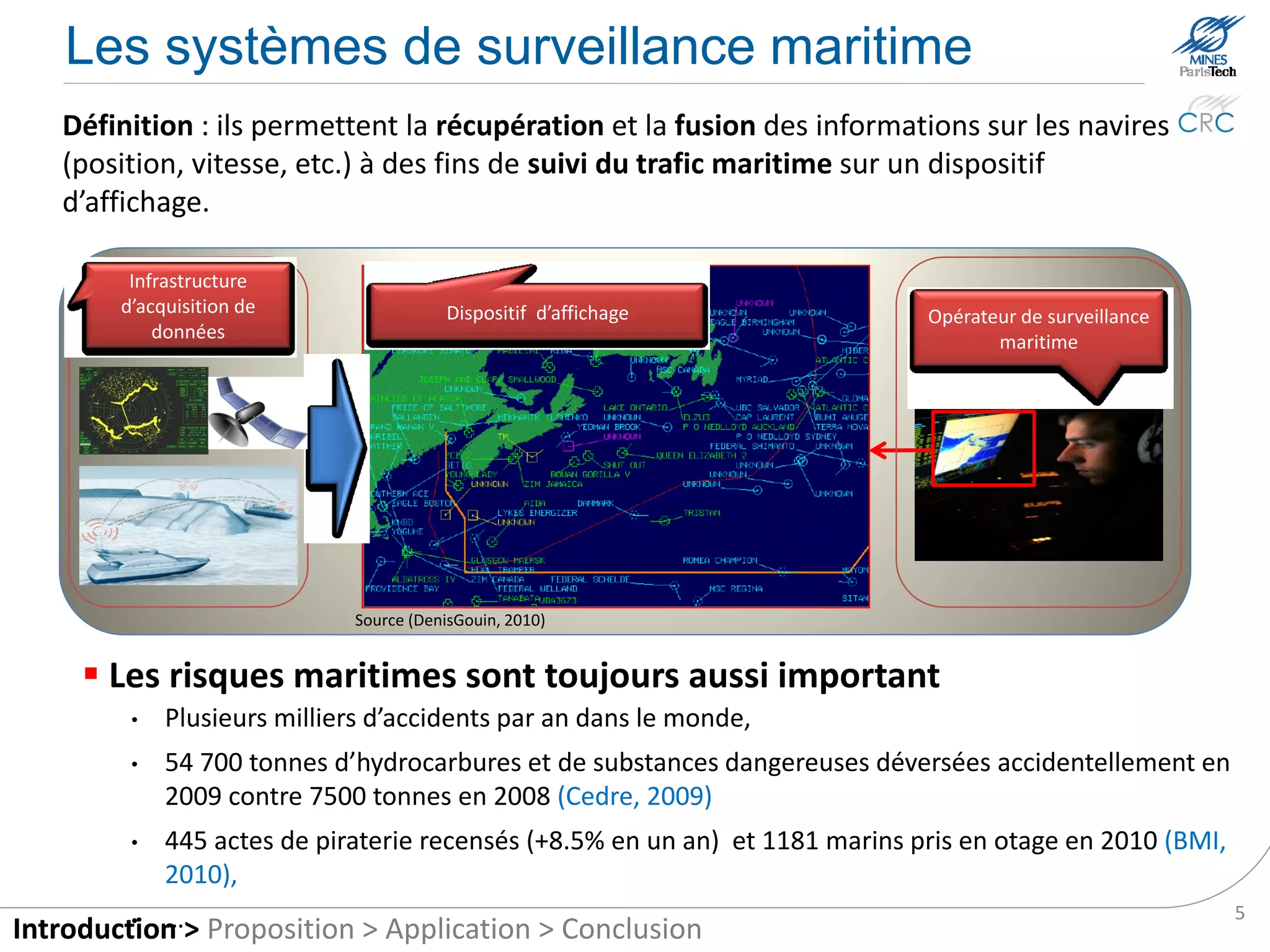
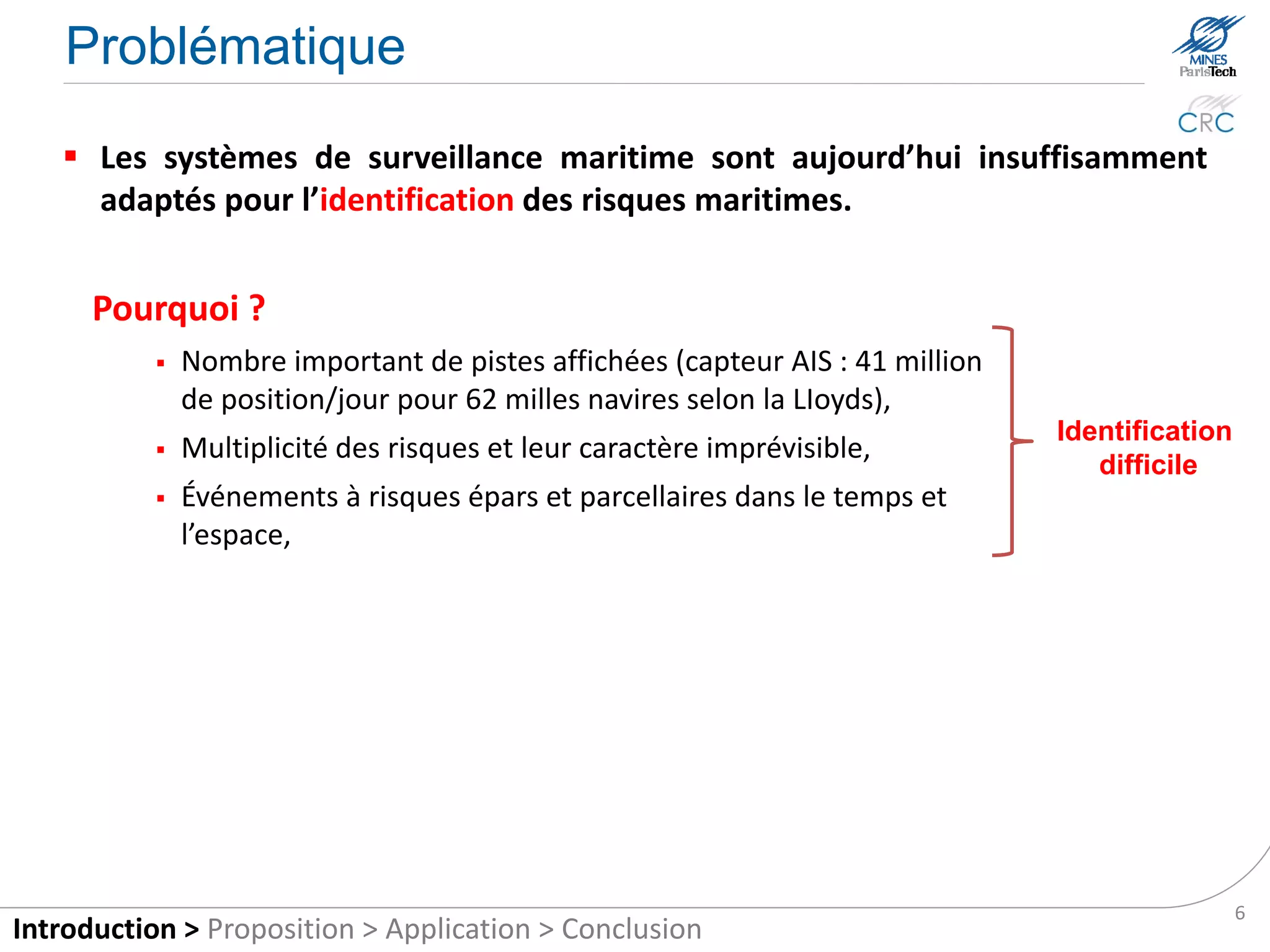
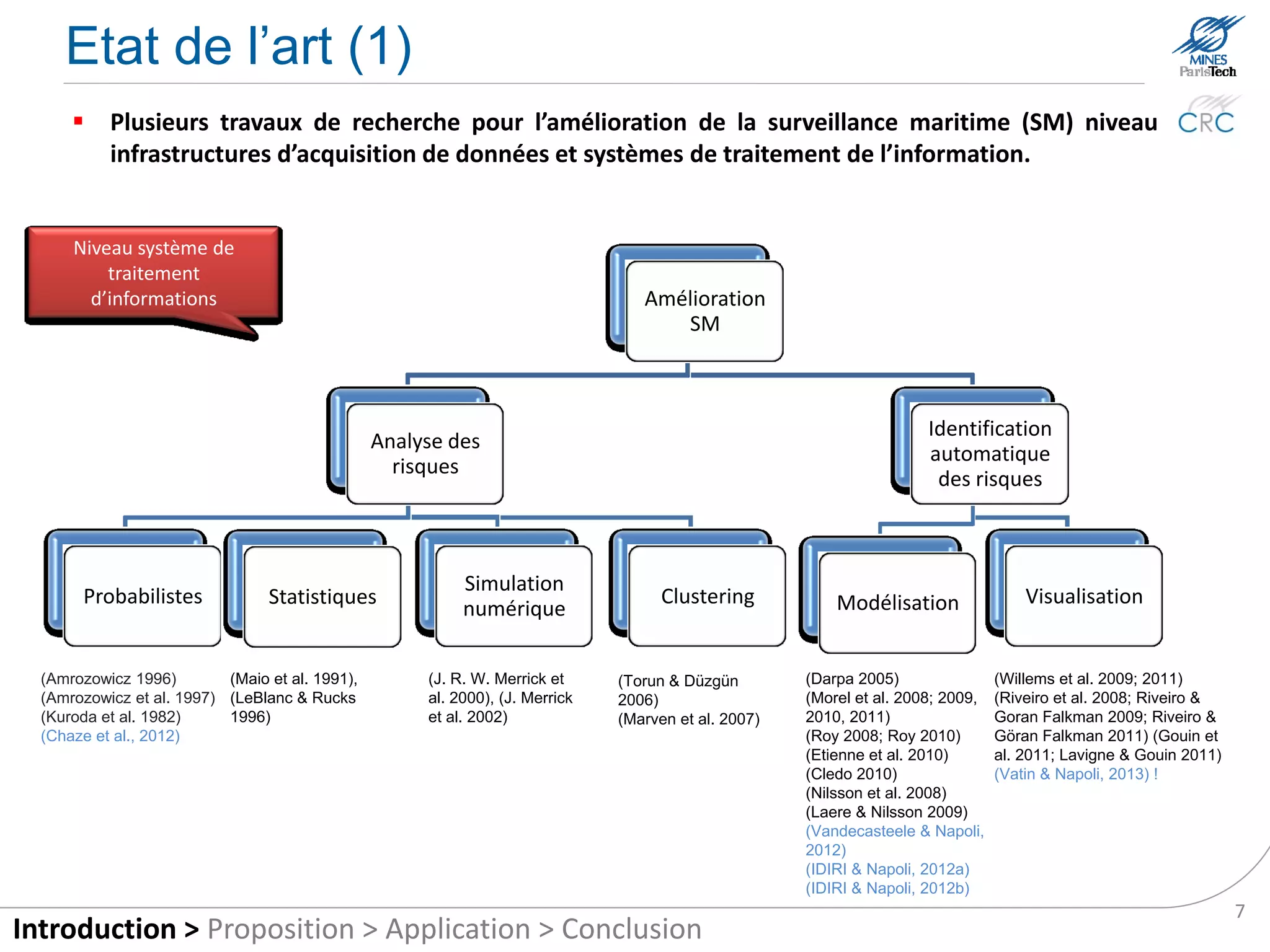
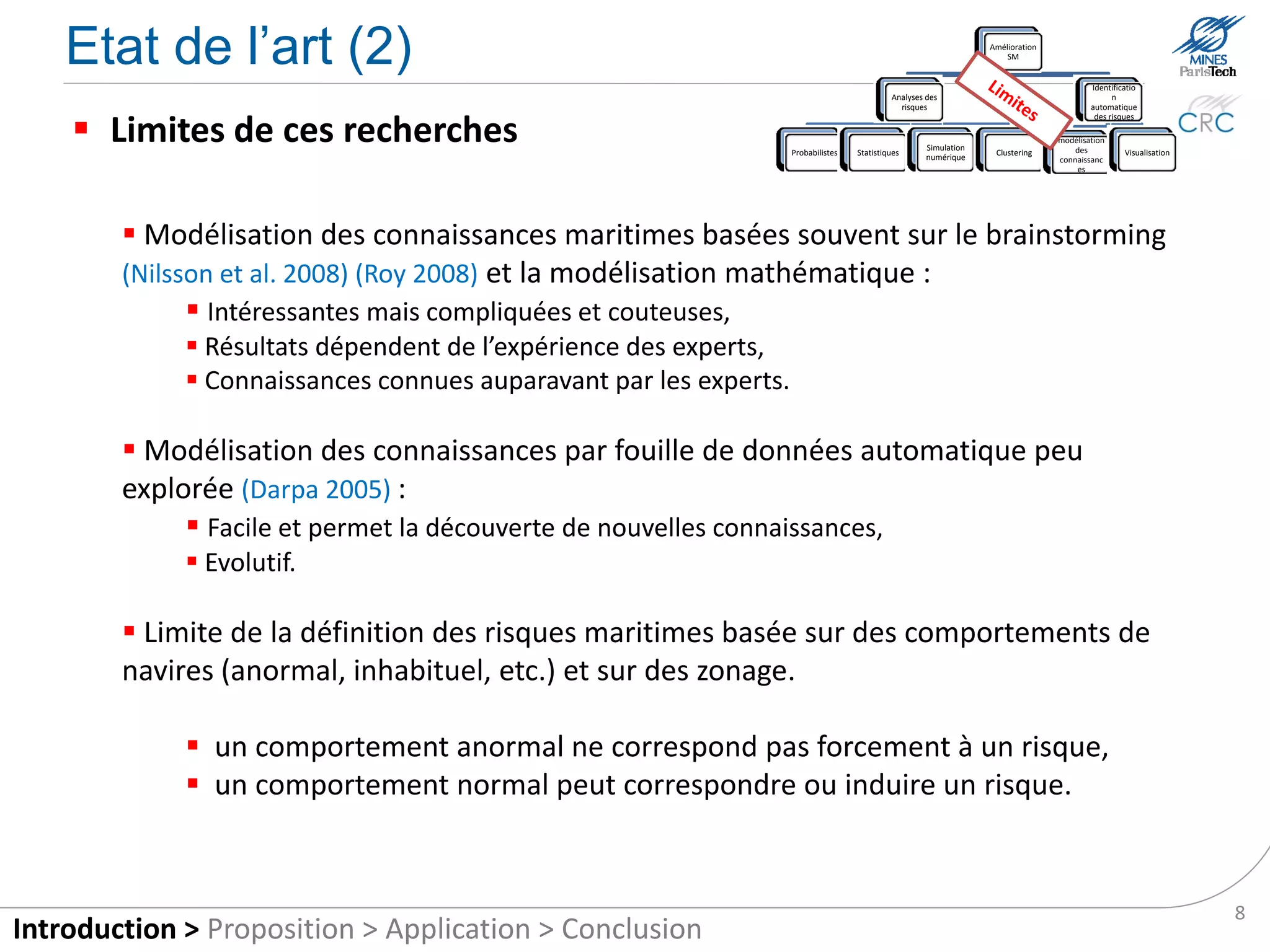
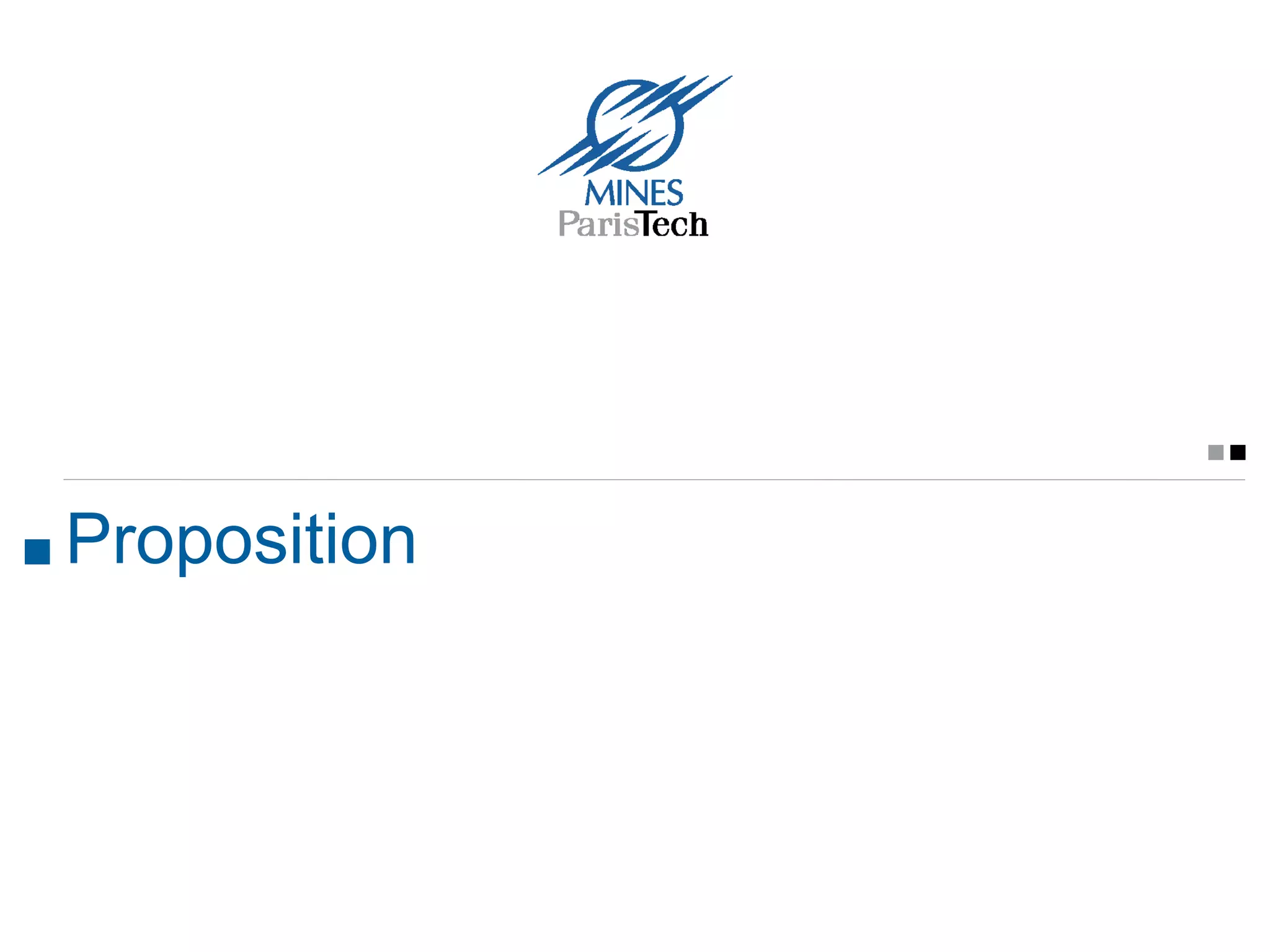
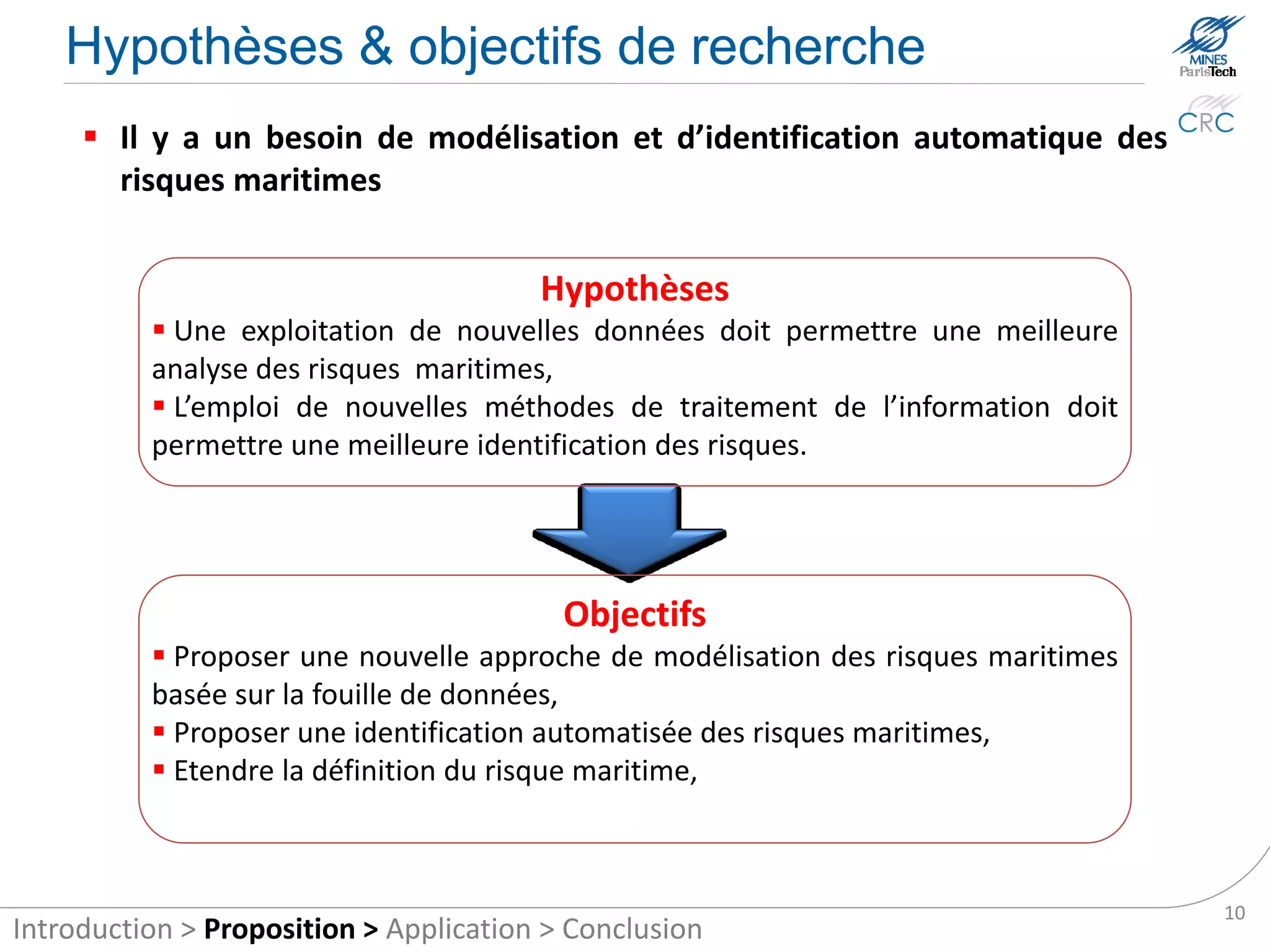
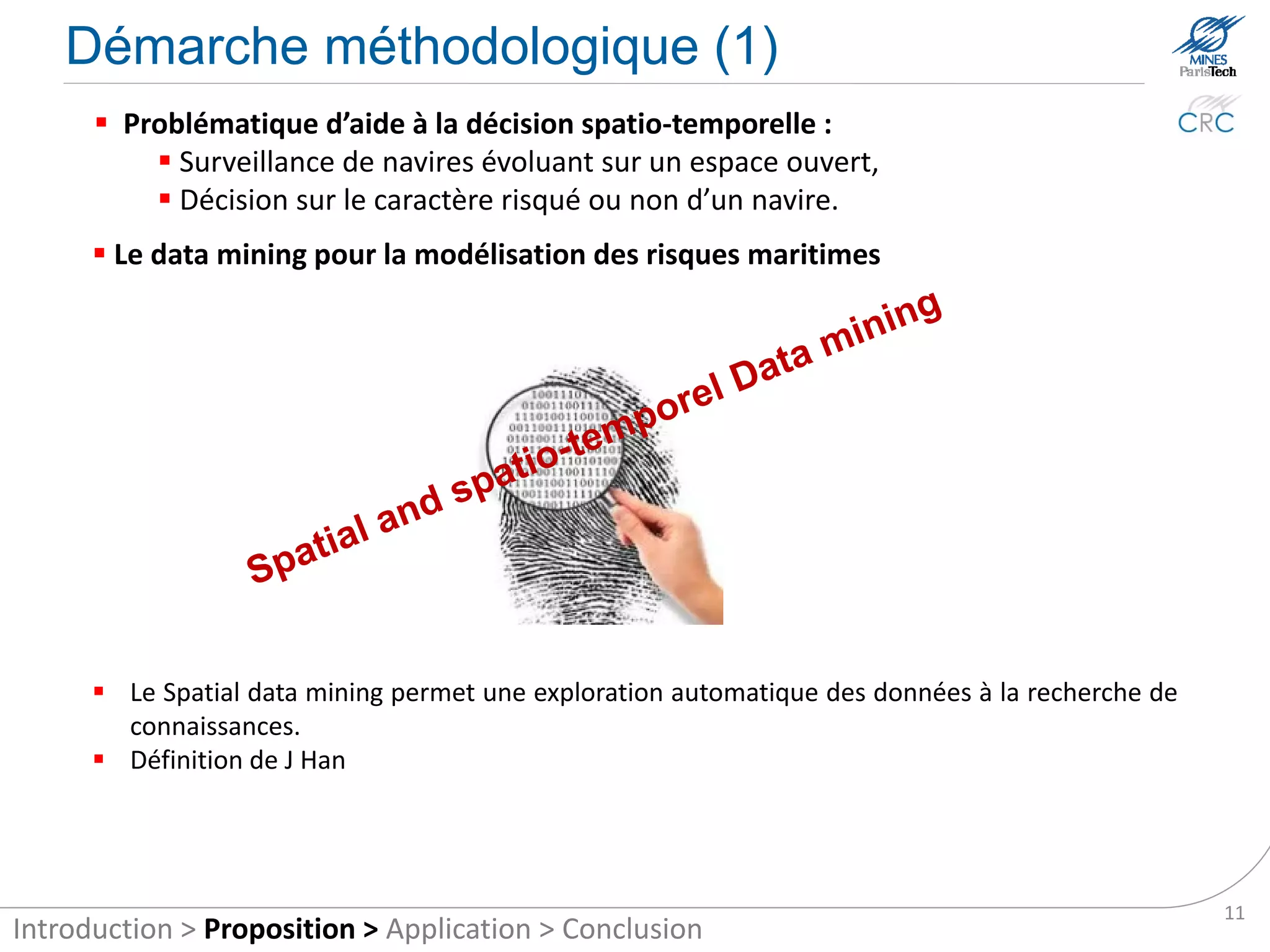
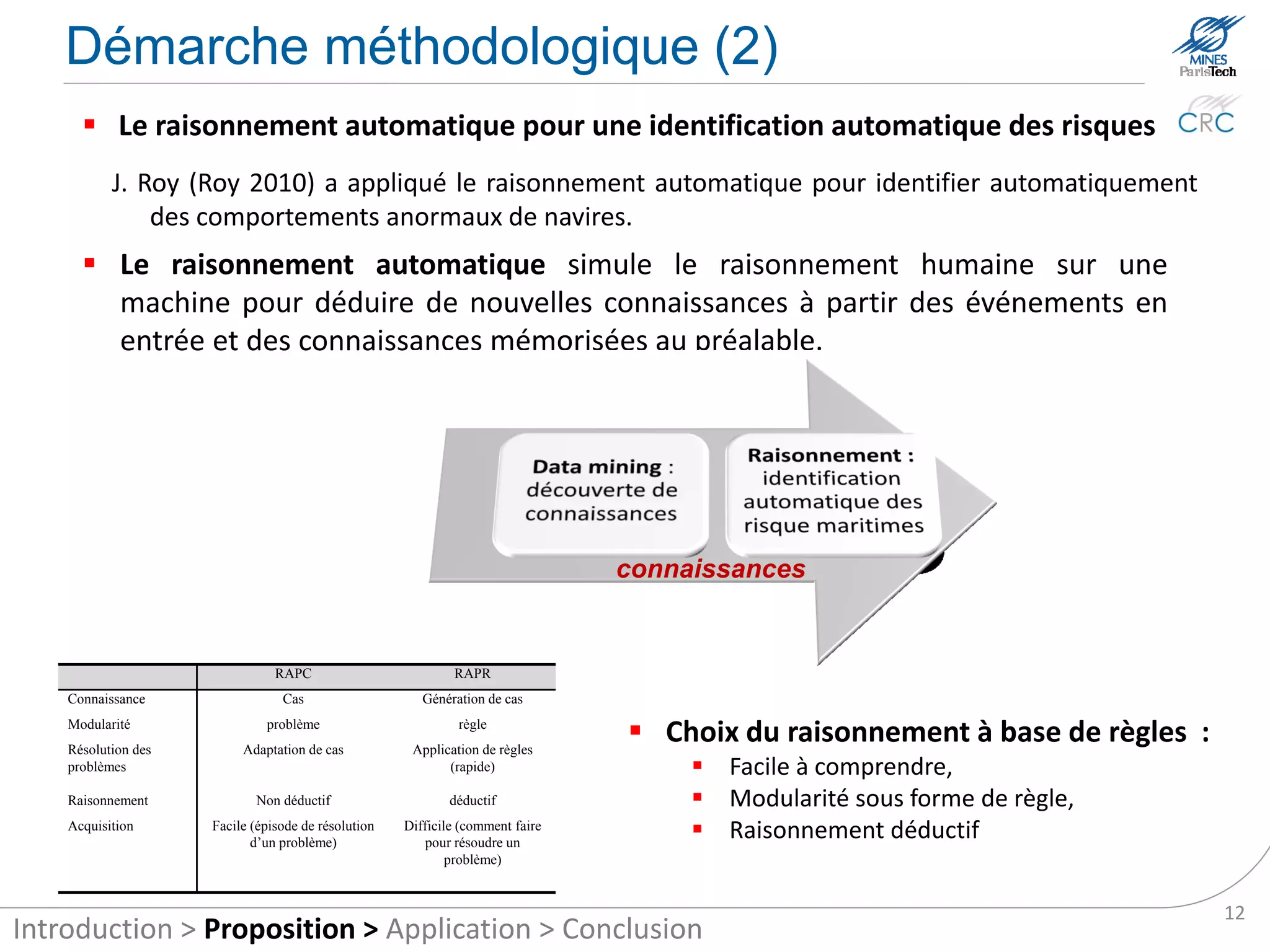

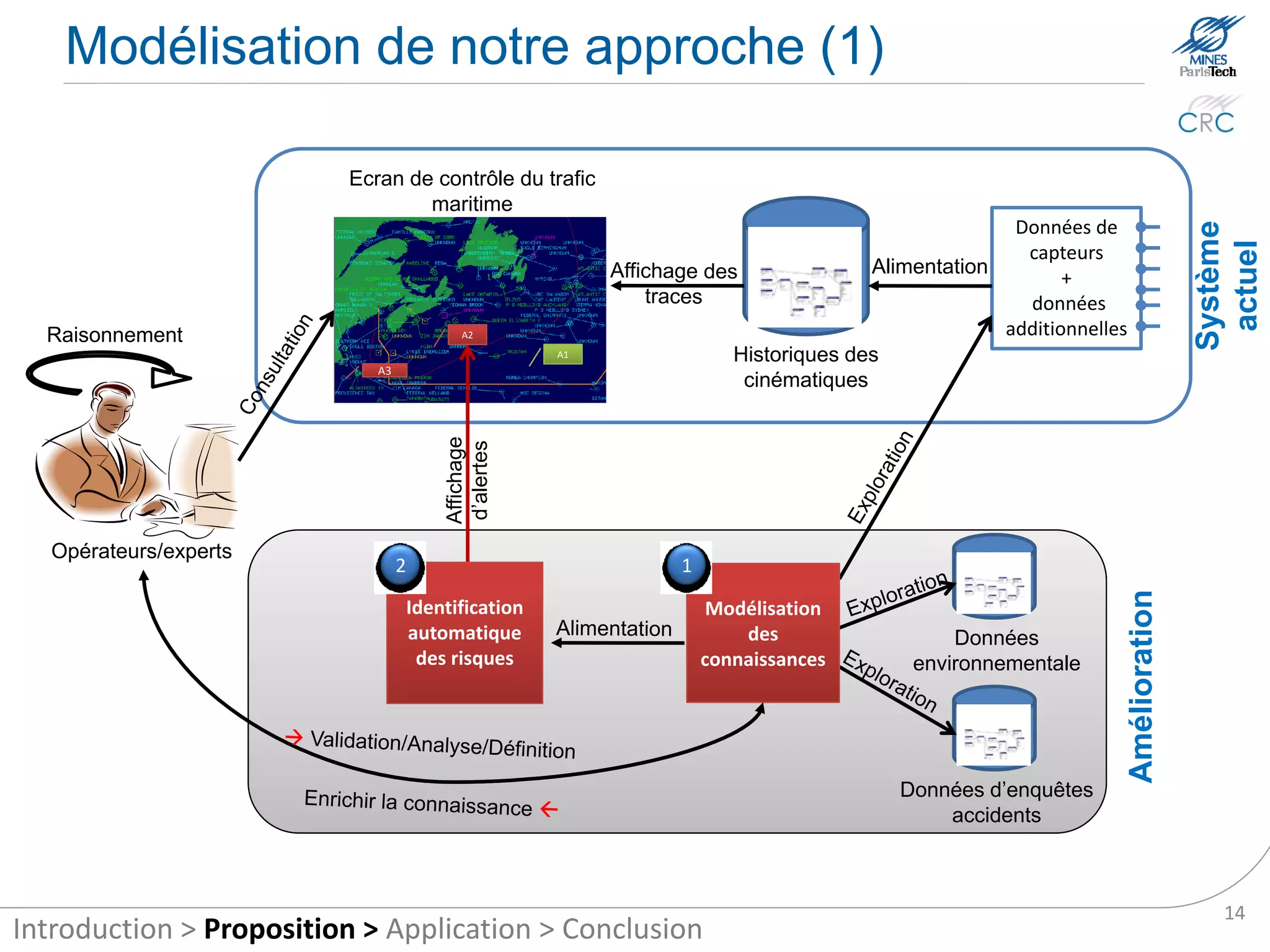

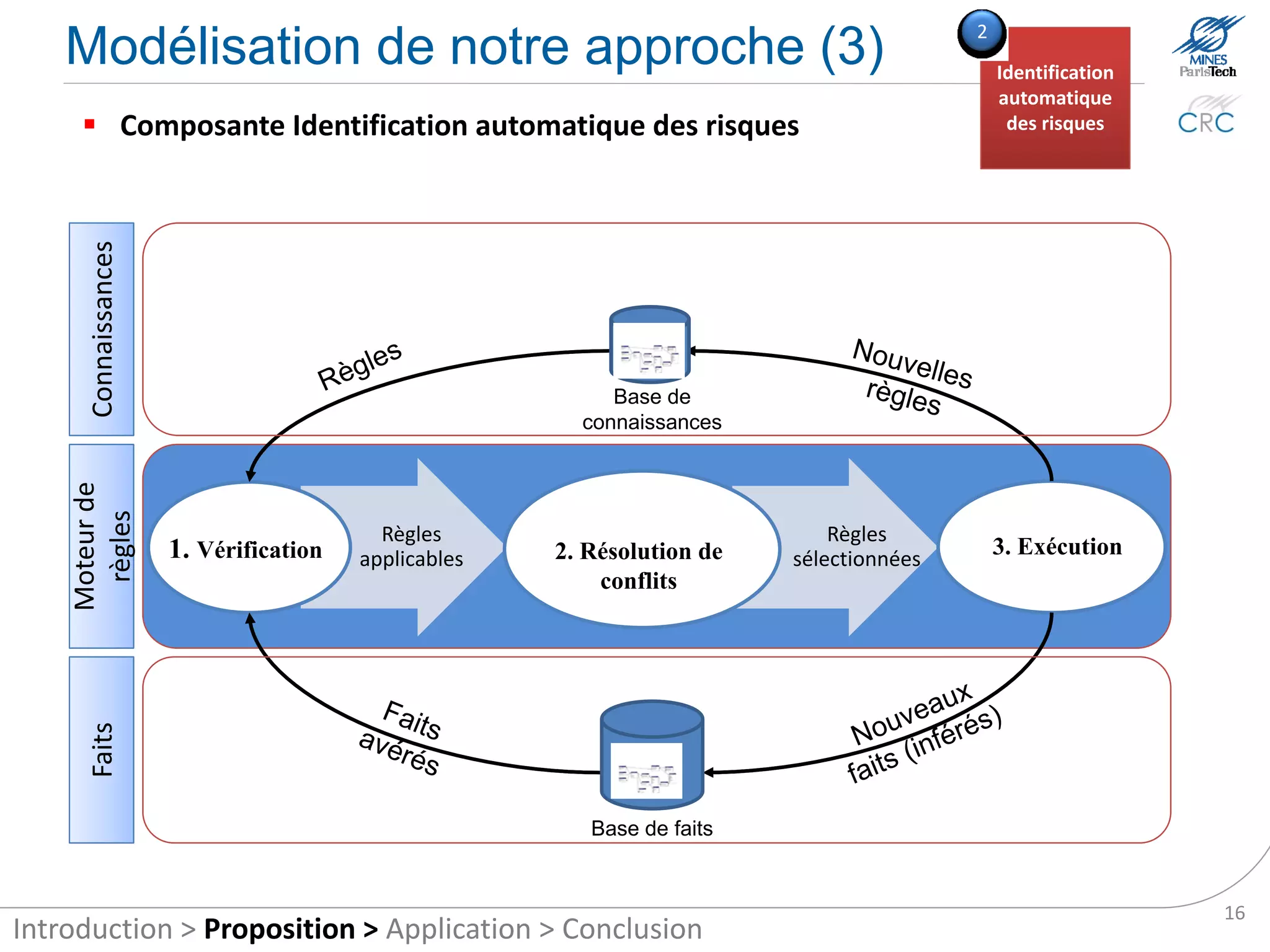
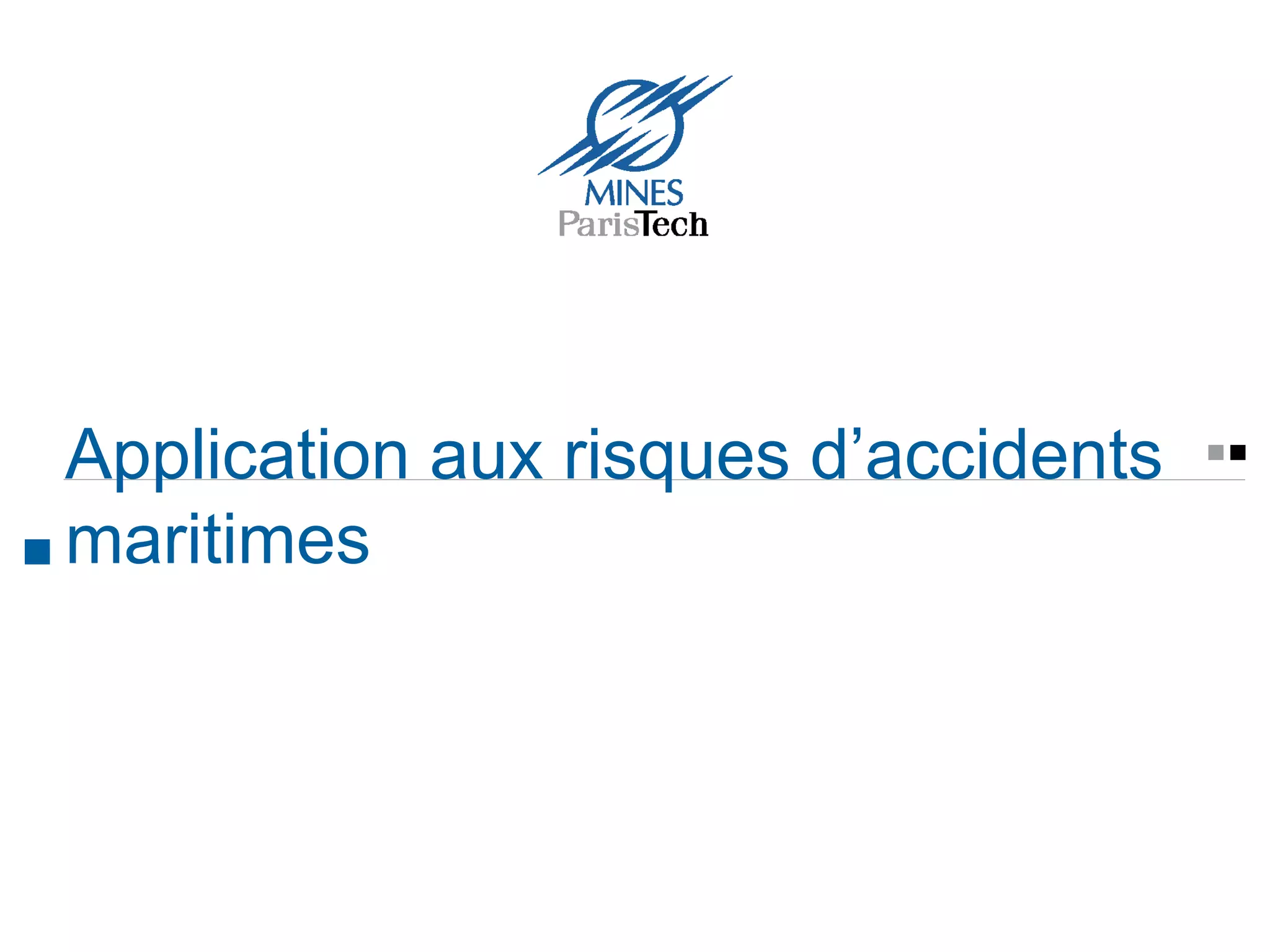

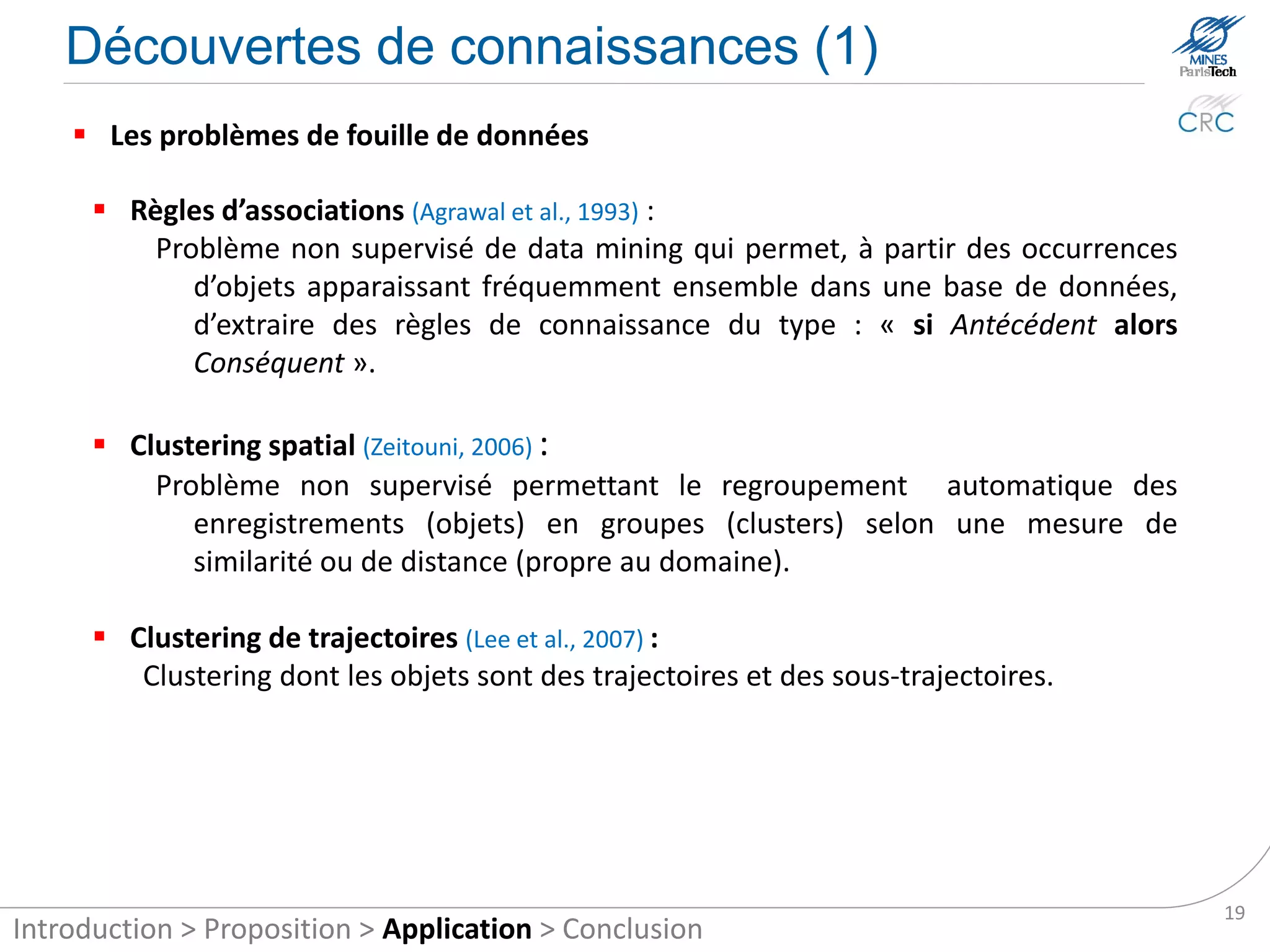
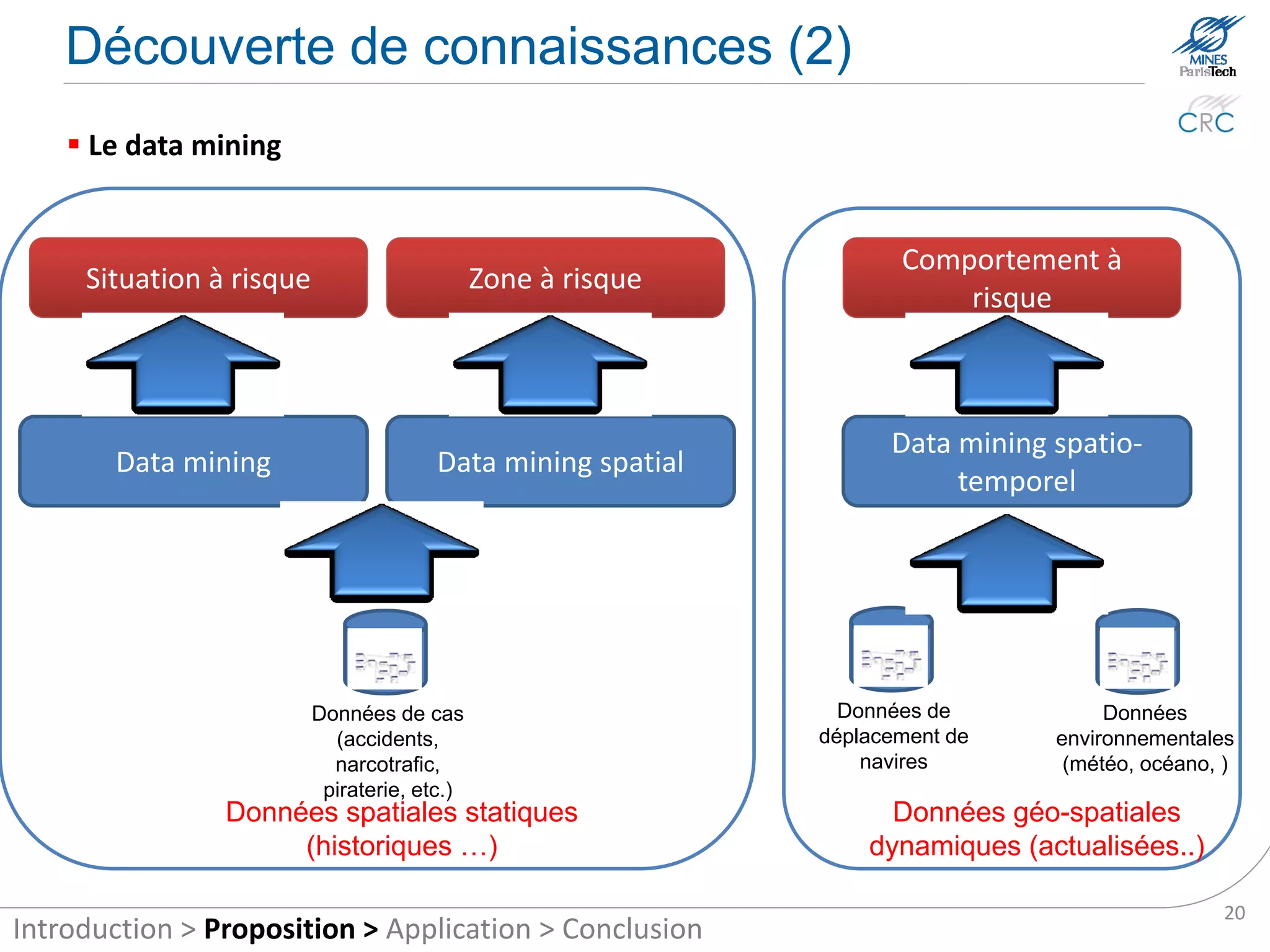


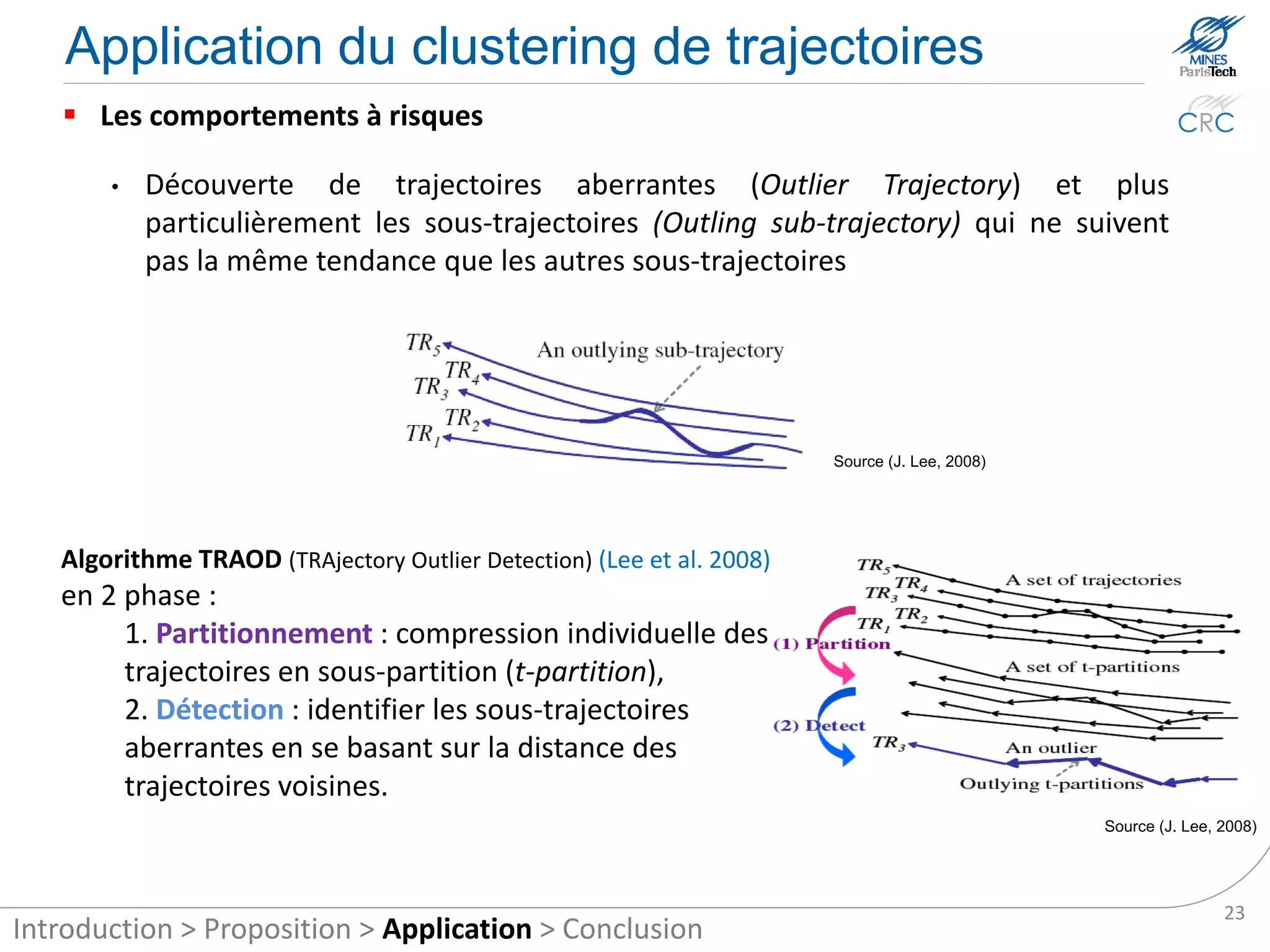
![Automatic identification of risks
Association rules example
Rule {Location = Coastal waters, Vessel_Category =
Fishing/processing, Age_Slice_Of_Vessel = 11 to 18
years}
{Incident_Type = Machinery Failure}
Measures support = 0.086 confidence = 0.725 lift = 1.47
Interpretation If there is a fishing vessel, aged 11-18 years, sailing in
coastal waters then there is a risk that it will break down.
Add rules in Drools (Drools 5.4.0 Jboss Rules)
• Add rules :
Rules “Risk of mechanical failure”
when
$s: ship (location= = “Coastal waters”, ship class ==“fishing”,
• Add a fact:
age ≥ 11, age ≤ 18)
Rule “Add Ship Course”
then
check_behavior ($s.id_ship);
When then
end
insert (new Course ());
Rules “Behavior: drifting of course”
end
when
$r: risk (Type==”Mechanical failure”)
course (behavior==”Drifting”)
then
channel[“alerts”].send(new Alert());
end
24
Introduction > Proposition > Application > Conclusion](https://image.slidesharecdn.com/sose2012idiri-120801074534-phpapp01/75/The-automatic-identification-system-of-maritime-accident-risk-using-rule-based-reasoning-24-2048.jpg)
